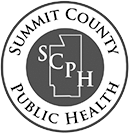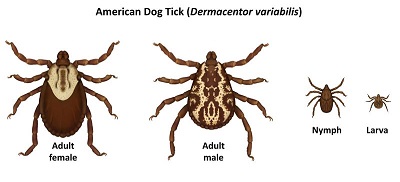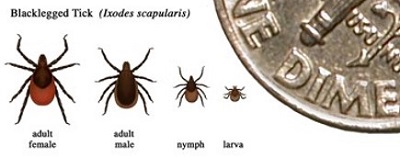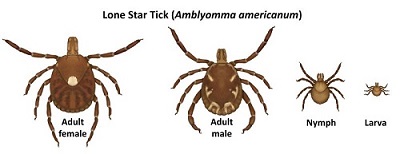Safety Tips, Drowning Prevention and Other Resources
Safety Tips for Swimmers
Stay safe and healthy while also protecting the water you are sharing with others by following these tips and guidelines:
Before going to the pool…
- Review the latest health inspection report. SCPH inspection reports can be found HERE.
Once you get to the pool…
- Review the posted rules.
- STAY OUT of the water if you have diarrhea or have had diarrhea within the last two weeks.
- STAY OUT of the water if you have an open wound that is not covered with a waterproof bandage.
- If swimming outside, apply sunscreen SPF 15 or higher to protect yourself from UV radiation and sunburn.
- Check for a lifeguard. If there is no lifeguard on duty, designate somebody to overlook your group. Children must be supervised.
- Check to see where the safety equipment, first aid kit, and emergency telephone are located.
- Make sure the water is clear and the drains on the bottom of the pool are visible and intact.
- Do not get in the water if you sense a strong chlorine odor. This usually indicates that the water is not clean or there is a maintenance issue. A well maintained pool does not have a strong chemical smell.
- Shower before entering the water. Rinsing off for even just 1 minute will minimize dirt and germs that could contaminate the water.
While swimming…
- Avoid swimming alone.
- Do not pee or poop in the water. Ensure children take bathroom breaks at least every hour.
- Avoid underwater breath-holding activities and games.
- Avoid swallowing pool water or getting it in your mouth.
- Check children’s diapers and change them in designated diaper changing areas.
- Reapply sunscreen as needed.
- Stay hydrated. Drink plenty of fluids, especially if swimming outside on hot days.
For spa users…
- Do not allow children under the age of 5 use a spa.
- Do not use alcohol or drugs prior to or while swimming or using a spa.
- If pregnant, consult a physician before using a spa.
After swimming…
- Take a shower to wash off any germs you may have come in contact with in the pool.
- Dry your ears thoroughly with a towel to prevent “swimmer’s ear”.
- Wash your swim suit.
Drowning Prevention
According to the CDC, drownings are a leading cause of injury death for young children ages 1 to 14, and three children die every day as a result of drowning. You can help prevent drowning by taking these cautions recommended by the CDC:
- Learn life-saving skills. Everyone should know the basics of swimming (floating, moving through the water) and cardiopulmonary resuscitation (CPR).
- Fence it off. Install a four–sided isolation fence, with self–closing and self–latching gates, around backyard swimming pools. This can help keep children away from the area when they aren’t supposed to be swimming. Pool fences should completely separate the house and play area from the pool.
- Make life jackets a must. Make sure kids wear life jackets in and around natural bodies of water, such as lakes or the ocean, even if they know how to swim. Life jackets can be used in and around pools for weaker swimmers too.
- Be on the lookout. When kids are in or near water (including bathtubs), closely supervise them at all times. Because drowning happens quickly and quietly, adults watching kids in or near water should avoid distracting activities like playing cards, reading books, talking on the phone, and using alcohol or drugs.
For more information on unintentional drowning, visit the CDC’s website,
The Ohio Department of Health released these short drowning prevention videos in 2018:
Other Resources
Visit these links for additional information about safe swimming:
Hot Tub Displays and Legionella
Ohio Department of Health: Public Swimming Pools
Centers for Disease Control and Prevention: Healthy Swimming
2019 Healthy and Safe Swimming Week Toolkit

 What diseases do ticks transmit?
What diseases do ticks transmit?  How do I remove a tick?
How do I remove a tick?  Can ticks be tested for disease?
Can ticks be tested for disease?